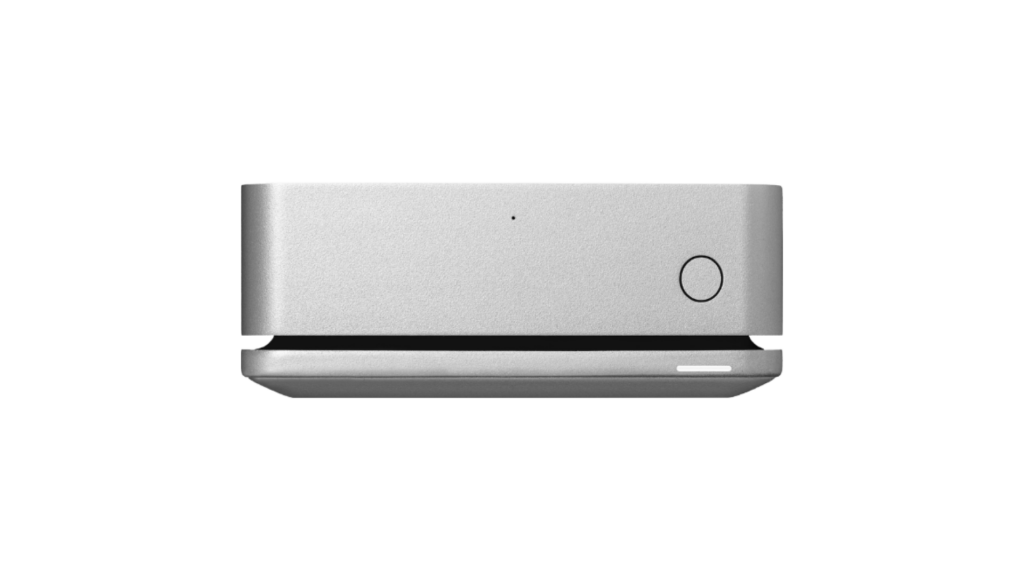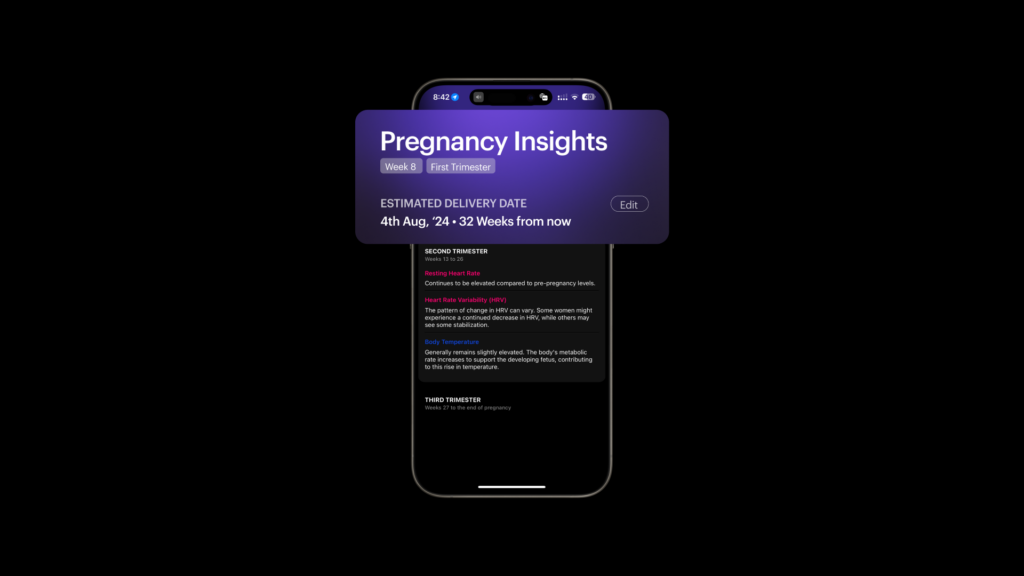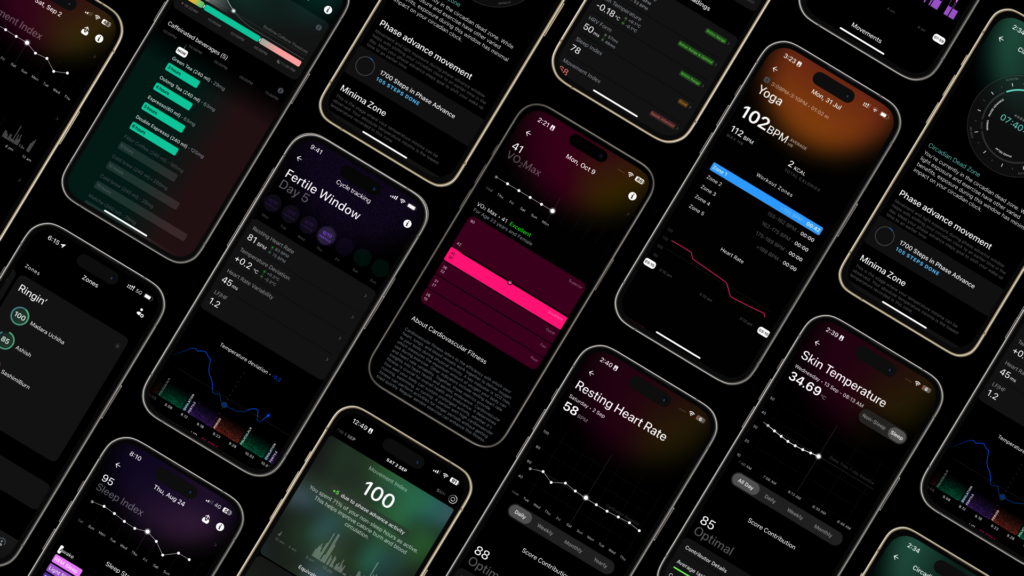When it comes to building an optimal workout routine, the chances of an all-encompassing model are slim to none. Age, level of activity, body type and the general demand from your body—all play a crucial role in determining what your optimal workout routine will look like.
Each workout is designed to load muscles (put a certain amount of stress on them), subsequently breaking them down to increase strength and endurance. For this to happen, muscles require ample rest and recovery.
According to Medical News Today, a person should have at least one rest day every 7-10 days when exercising regularly. The absence of proper rest and recovery could not only negate the benefits of your workout but also adversely impact your muscles.
One way to understand your recovery process better and track it is to use a wearable tech device. Let’s understand how rest and recovery play a role in building a workout routine and how a wearable might help.

Highlights
- Rest allows the body to adapt to the stress-induced during the workout, replenishing the depleted glycogen (stored energy) and repairing the body’s tissues,
- Studies show that the muscles need anywhere between 48-72 hours of recovery time before working for the same muscle group again,
- From tracking your glucose to checking energy levels to tracking your heart rate and its variability, all of these devices have one ultimate aim—to enhance performance by tracking different parameters such as sleep, energy, heart rate and activity levels.
The Principles of Rest and Recovery
Rest allows the body to adapt to the stress-induced during the workout, replenishing the depleted glycogen (stored energy) and repairing the body’s tissue. Since glycogen synthesis is a slow process, ample rest and recovery in the form of food, sleep and active recovery play a crucial role in determining training load and reducing risks associated with less rest.
Determining training load (the volume and intensity of the training) and the rest and recovery required can be difficult. The general practice to prevent the negation of the benefits of your workouts involves scheduling two types of rest and recovery in your overall training programme.
Two Types of Rest and Recovery
1. Active or short-term recovery
Active or short-term recovery is any low-intensity exercise done in a short amount of time after an intense workout. It involves using a different set of muscle groups and keeping the heart rate elevated.
Active recovery increases blood circulation in the body, removes accumulated metabolic waste in the muscles post an intense activity and supplies nutrients to broken down muscles to repair and build them.
Walking, jogging, swimming, yoga and cycling are all examples of active recovery. Sleep and food are also useful aids for speedy muscle recovery.
2. Passive or long-term recovery
Long-term recovery is when there are scheduled seasonal rest and recovery days or even weeks. It usually implies little to no physical activity for this period to allow the body to completely recover before resuming training.
These generally include massages, foam rolling, sauna sessions, contrast showers (hot and cold showers) and sleep to help the muscles decrease lactate levels to avoid cramps and heal soreness.
Training load and fitness goals determine the exact number of active and passive recovery days required to ensure the body recovers before breaking the muscles down again.

Why Rest Days are Important in Fitness Traning
A myriad of scientific and anecdotal evidence highlights the importance of a tailored recovery programme as a part of your workout regime. Exercising imposes an intense level of physiological stress on the body, forcing the body to adapt and regain hemostasis (balance).
However, the body cannot sustain this physiological stress for prolonged periods without adequate recovery.
Over time, inadequate rest crops up in the body in the form of increased injury, a compromised immune system and overtraining. Therefore, structuring your recovery is just as imperative as the rest of your routine because it:
1. Reduces injuries
A repetitive load on the muscles can strain them by causing microscopic tears in your muscle tissue. These tears lead to pain and stiffness in the muscles and without adequate recovery, injuries are bound to happen. A proper recovery process including stretching, supplementation, hydration and sleep can help the muscles become resilient.
2. Prevents overtraining
The goal of training is to improve performance by loading the body with measured and timely increments. The frequency, volume and intensity of the training when offset with a carefully designed recovery programme can help prevent overtraining, fatigue, illness and injury.
3. Promotes relaxation and improves performance
The mind is a critical component of any training programme. In addition to the body, the mind also takes on a lot of the training load. Taking active or passive rest days not only helps the body but also the mind recover faster, ensuring training days are more efficient. Time off from the routine also ensures higher motivation levels and less fatigue, leading to greater efficiency in training and training load increments.
4. Prevents fatigue and promotes muscle recovery
Physiological stress imposed on the muscles not only breaks the muscles down but also depletes the glycogen (stored energy) present in them. When this source is depleted, the muscles tend to become fatigued and sore. Replenishing the glycogen requires adequate rest and recovery.
5. Increases strength and endurance
During the rest phase, cells called fibroblasts work on healing the microscopic tears caused during a workout. These cells help the tissue repair and grow, ultimately building muscle growth, strength and endurance.

How Does Wearable Technology in Healthcare Track Physical Activity?
Studies show that the muscles need anywhere between 48-72 hours of recovery time before working for the same muscle group again. For example, if you’ve worked your chest muscles, you cannot work on them again for another 48-72 hours.
Each individual requires a different training load, subsequently requiring varied periods of rest. To understand the exact time required for recovery, accurate data acquired from wearable devices can prove to be a helpful tool.
In Fitness Wearable technologies track, collect and transmit data from the human body to external devices via sensors attached to the body. Information is tracked in real-time, and all relevant data points are utilized by the devices to make sense of this information. These sensors can be present anywhere on the body, such as the wrist, fingers, chest or arm.
Smartwatches, wearable tech rings, heart rate monitors, and Continuous Glucose Monitoring (CGM) devices are some of the many available devices on the market.
From tracking your glucose and checking energy levels to tracking your heart rate and its variability, all of these devices have one ultimate aim—to enhance performance by tracking different parameters such as sleep, energy, heart rate and activity levels.
Although the need for wearable technology is highly debated, there are a few ways that wearable technology has become an integral part of activity tracking and, as a result, contributes to overall health:
1. Monitoring Progress
Simple wearable technology can be a catalyst to monitoring and improving health more proactively. These technologies help understand the current state of the body and its reaction to physical activity and help track improvements thereafter.
For instance, tracking your walk can help increase your walk from 1 km a day to 1.5 km in the subsequent week. This simple measurement increases accountability, improves health and leads to progress.
2. Data-Backed Training Programs
Improvements in training become a lot easier when you have a benchmark to see how your body is doing. Having a basic understanding of your heart rate, SpO2 (level of oxygen present in the blood) levels or even your glucose levels during, before and after your physical activity can help you understand your body more, leading to better gains.
Tracking activity also makes it easy to understand the exact amount of rest needed to prevent injuries and soreness. Training becomes a product of mathematics instead of a random process and increments, deloading (taking short, measured breaks from workouts) and reloading (a period of lower volume and intensity in workouts) become a lot easier.
3. Preventing a Sedentary Lifestyle and Improving Public Health
Most wearable technology has been used to improve health. Simple tracking of sleep, food, water, stress and fatigue can help improve overall health and well-being. Evidence suggests that higher volumes of physical activity tracked on wearable devices were associated with a lower mortality rate, and high-intensity workouts helped reduce the mortality rate further compared to low-intensity workouts.
Wearable technology has helped a whole segment of the population increase their levels of activity and motivation and, subsequently, has improved their health. Monitoring vital signs along with daily activity levels improves overall accountability and health. It gives users a measure of their basic activity levels and keeps them motivated to push a step further without causing any damage.

Accuracy of Wearable Technology in HRV & Sleep Tracking
There have been a lot of debates around the accuracy and relevance of wearable technology. Although wearable technology has a high measurement accuracy for heart rate, heart rate variability, steps and distance, sleep tracking has been a grey area.
Despite the prevalence of sleep issues and the wide availability of sleep trackers, research on the efficacy of these trackers is scarce.
Several studies indicate that sleep trackers are only 78% accurate in measuring sleep and wake cycles, especially REM cycles (deep sleep cycles).
Since sleep trackers are worn on the wrist or fingers, their estimates about sleep and sleep stages are made based on body movement and heart rate data.
They may fail to account for rapid eye movement, brainwave activity and multiple other parameters associated with deep, well-rested sleep, making it difficult to rely on them for proper rest and recovery.
Conclusion
Optimal training and workout routines always include a proper rest and recovery programme, mostly every 7-10 days. Rest days can either be active and/or passive, depending on the training goals and the training load. Without a proper recovery plan, chances of injury, overtraining and compromised immunity are higher.
Wearable devices help track physical activity, making tracking progress easier, preventing a sedentary lifestyle and designing evidence-based programmes. However, tracking activity through wearable devices may not always give the most accurate data points, especially concerning sleep tracking and calories consumed.
Disclaimer: The contents of this article are for general information and educational purposes only. It neither provides any medical advice nor intends to substitute professional medical opinion on the treatment, diagnosis, prevention or alleviation of any disease, disorder or disability. Always consult with your doctor or qualified healthcare professional about your health condition and/or concerns and before undertaking a new healthcare regimen including making any dietary or lifestyle changes.
References
- Regulation of Muscle Glycogen Repletion, Muscle Protein Synthesis and Repair Following Exercise – PMC.
- Rest and recovery are critical for an athlete’s physiological and psychological well-being.
- What Is Passive Recovery? Benefits & Techniques – Massage Gun Fight.
- Effects of Different Between Test Rest Intervals in Reproducibility of the 10-Repetition Maximum Load Test: A Pilot Study with Recreationally Resistance Trained Men – PMC
- Recovery and injury prevention: the science behind human resilience – The Turmeric Co








